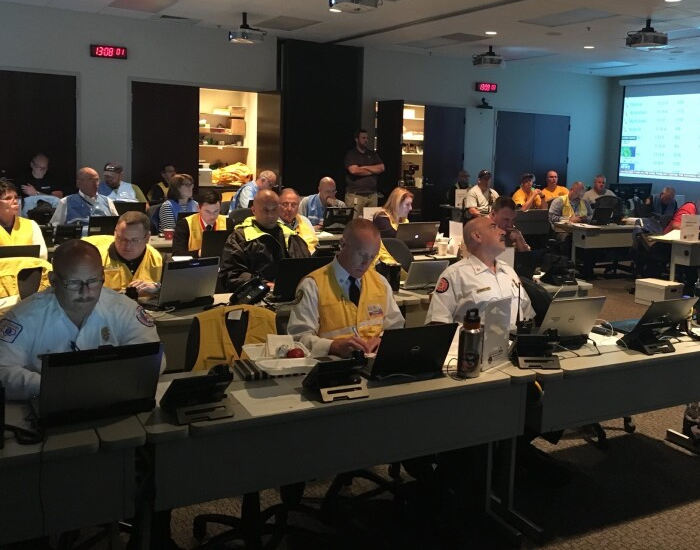Emergency Management in Transportation
Airports
In emergencies or crises, airports coordinate multi-agency actions to save and protect lives. Since no airport can handle every emergency independently, it must rely on the available resources. While the airline's emergency procedures are crucial, in some cases, the efficiency of an airport's emergency procedures may also significantly affect the outcome.
Airlines
A major emergency may take various forms, including an aircraft accident, hijacking, trapped aircraft in a war zone, bomb explosion in the airport, or other major events associated with the airline or airport. Any of these will flood customer service call centers with inquiries.
Cruise Lines
According to the cruise industry, the average number of passengers on a ship is 3,000, and about 1,000 crew. When any incident occurs involving a cruise ship, there is the possibility of handling more than 4000 requests for the location and status of passengers and crew.
Mass Transit
Every day, millions of people take some form of mass transit, such as light rail, commuter rail, subways, ferries, streetcars, buses, and trolley buses, to get to or from shopping, work, classes, or other destinations. Creating many opportunities for the worst to happen. When it does, because of its immediate importance to the community, the media will report it, which will cause customer service call centers to be flooded with passenger status inquiries.
Tools for Transportation
Information and Notification (INC/FRC/FFRC)
Our INC can help call centers collect the necessary information in any one of the +130 languages, organize research on passenger location and status, and facilitate tracking the responses to the inquiries.
The Need for Mass Notification
When an event occurs, the ability to use SMS (text messaging) for mass notification to activate a response team or use structured polling to communicate information to passengers can save lives. Our Messages and Marked Safe features were designed to assist everyone involved.

